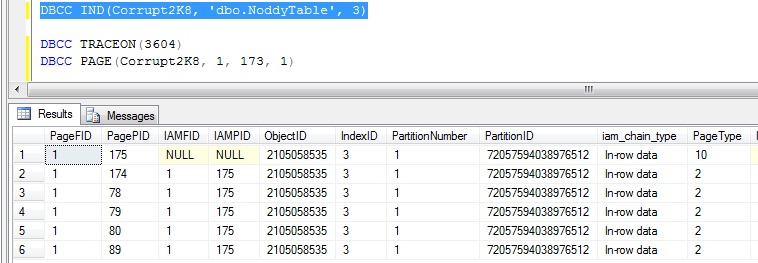

It can take a substantial amount of time and patience, as it involves reinstalling SQL server from scratch.īefore moving towards the steps to rebuild, restore and recover your master database in SQL server, it is important to have a plan to deal with the issues of corruption and then follow a methodical approach to recover from it safely. However, rebuilding the corrupt master database is a complex, tedious and time-consuming activity, and of course it is understood that you hold technical command over it. In this situation your SQL server would refuse to start with the corrupt master database, so ideally the solution is to first rebuild the master database, then start SQL server and then restore the backup of the database. However, you can check the error log, as shown in the image below to verify the reason of corruption.

Power surge is one such reason that compels the SQL server to reboot, but after the rebooting process the SQL server may not start in this scenario. There are various situations in which your master database can go corrupt or missing. Report generation by Database Consistency Checker Utility.ssibility of input/output errors or segmentation faults.How to Determine Whether Master Database Is Corrupt or Not?īeing a system administrator, it is important for you to know the symptoms that may indicate the corruption or damage in your master database. In brief, if anything happens to the master database, then you can’t start and productively work on your SQL server. This means the total user & login details, and the information of pointers to all the databases are stored on the master database. The core information of master database is recorded in a physical file, called MDF files, whereas the parallel transaction logs are stored on to the masterlog.ldf file. A Master Database is highly important for an SQL server, as it holds the primary configuration details of the SQL server.


 0 kommentar(er)
0 kommentar(er)
